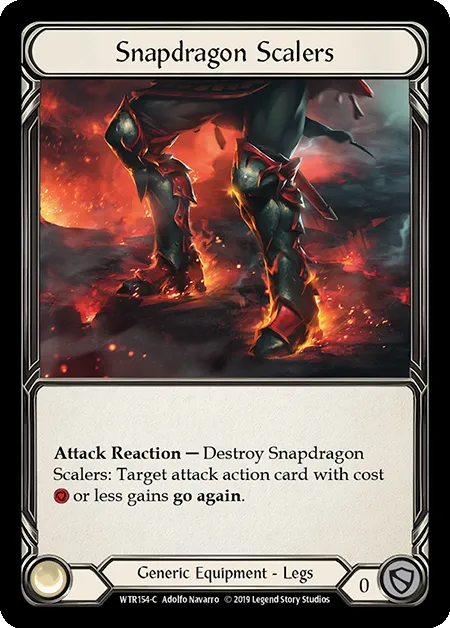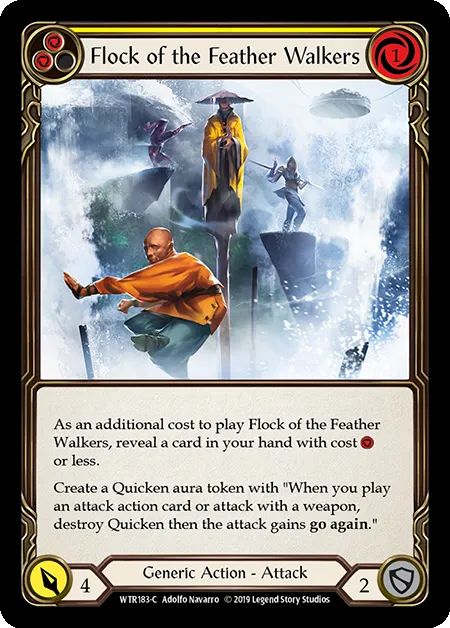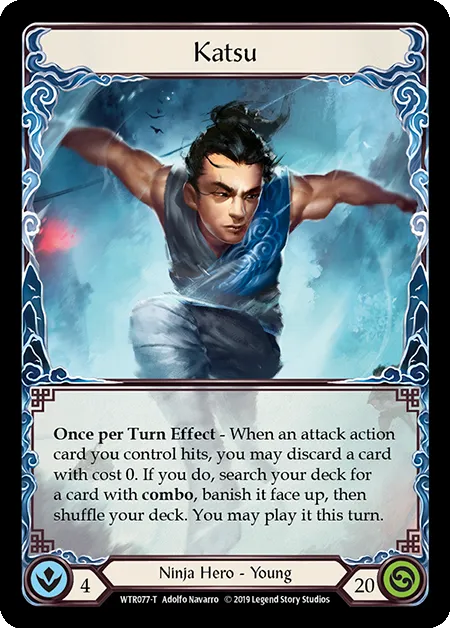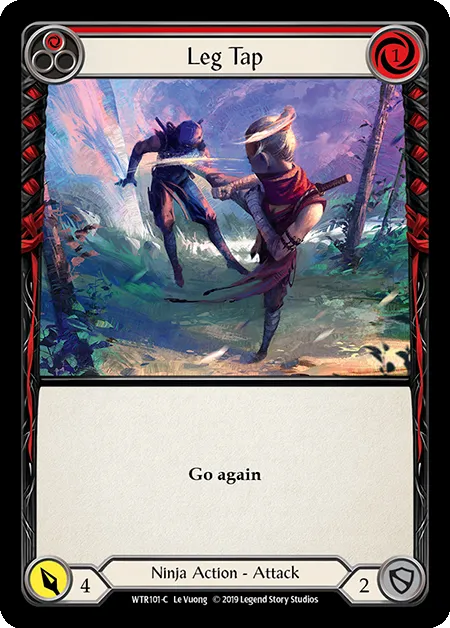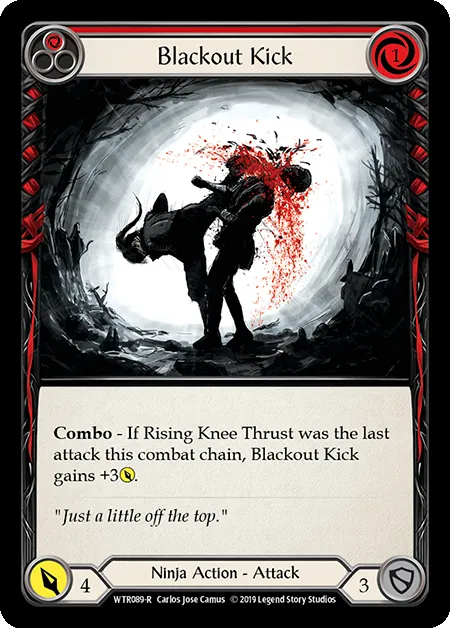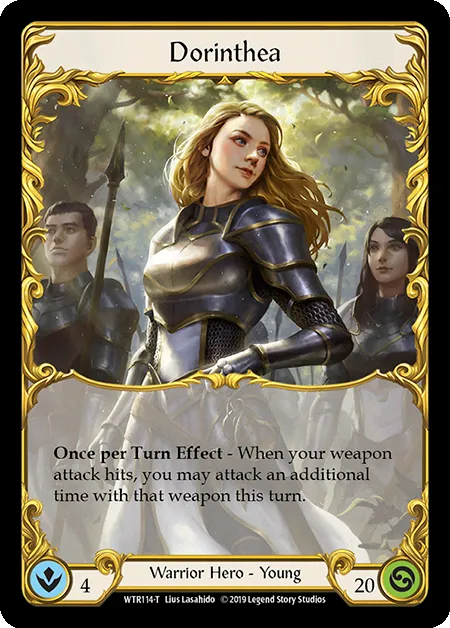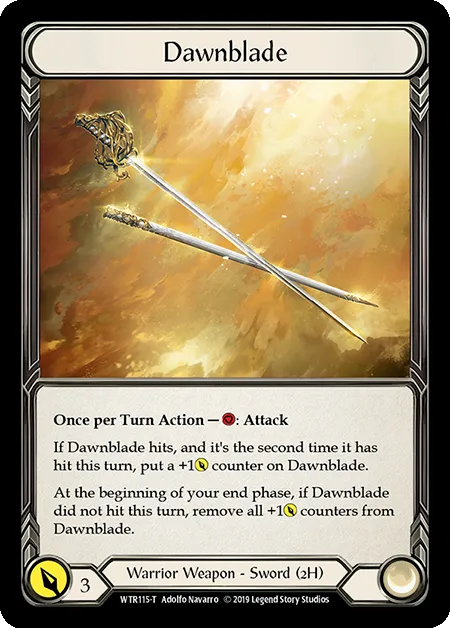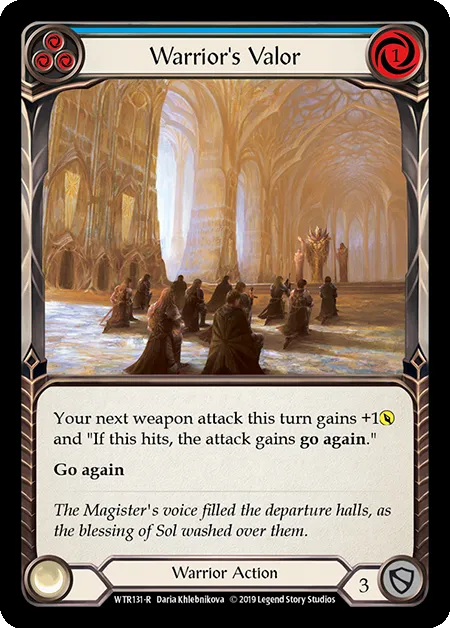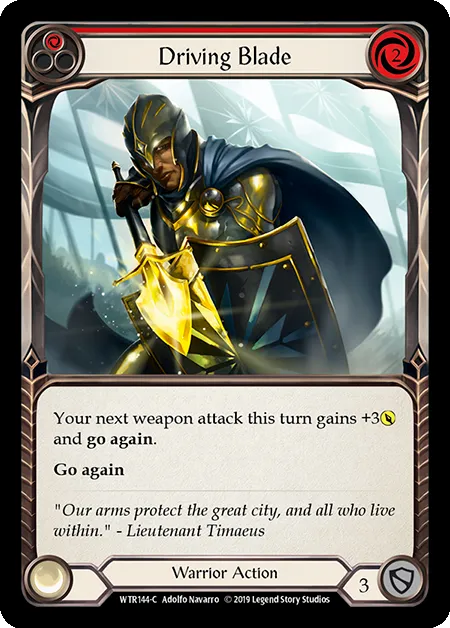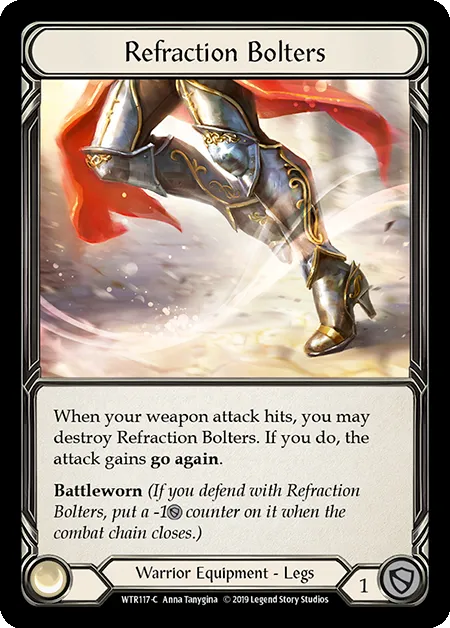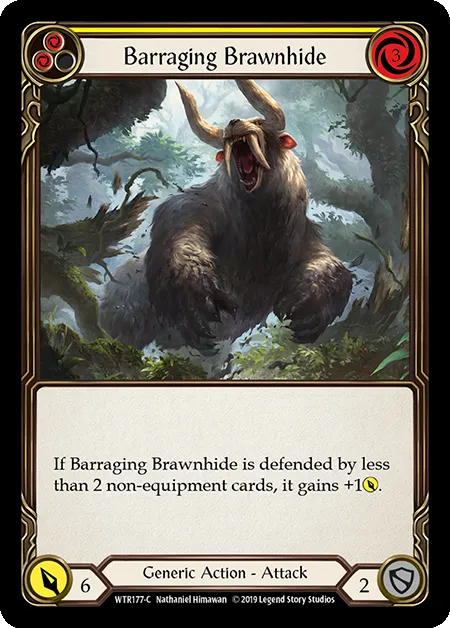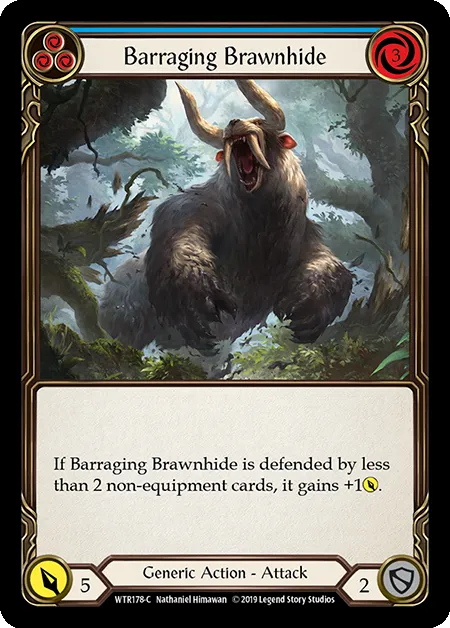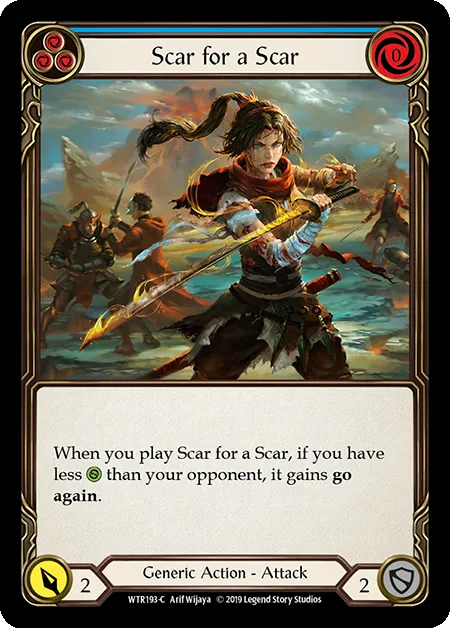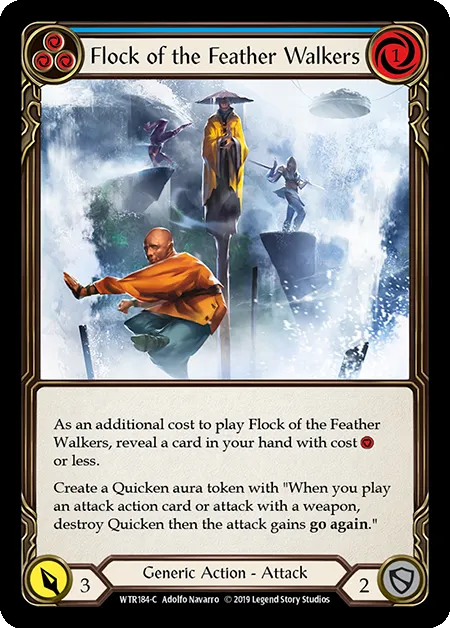Sealed Deck is one of the most important formats in the early seasons of Flesh and Blood. As an unexplored format, many of you may struggle to get a good grip on what to do when you crack open a sealed pool. If you haven’t already, you can check out the prequel to this sealed article here.
Step 1: Sorting your Cards
The first step is to crack open your packs and sort your cards. That sounds simple enough but what piles do you sort them into?
Sort your cards into five piles. Generic, Brute, Guardian, Ninja, and Warrior. Generic equipment goes into the generic pile, brute equipment into the brute pile and so on. Remove all token cards. Each class has a different card frame which you use to make this process faster.
Step 2: Analysing Each Pile
Every class in Welcome to Rathe plays slightly differently and thus want different cards and key interactions in their deck. An easy way to figure out what’s good in each class is reading the hero and the weapon. Remember you can play any of the four heros, you are not required to have opened it in your pool.
BRUTE
Brute excels at big attacks and cards that pump your brute attack. Both Rhinar and his weapon benefit from having 6+ power attack actions discarded. You want to have a mix of cards that discards a card from your hand as an additional cost and cards that want to be discarded (6+ power attacks). Since you are discarding a card at random, it is good to have cards that want to be discarded and/or cards that can easily be removed from your hand before you play your attack. Such examples are actions (with go again) and instants.
In addition, it is ideal to find ways to do a big attack, then swing with your weapon (ideally with the {p} bonus). To achieve this, you want to have ways to give your first attack go again.
Cards that pitch for two are ideal as it pays for romping club perfectly.
What to look out for: Cards that grant go again, Attacks that discard as an additional cost.
Key resource cards: Pitch 2 (yellow) cards, 6+ Power cards.
GUARDIAN
Bravo is your strong, one attack per turn man. Bravo wants to perform massive attacks, ideally using his ability to make them difficult to block, while using the rest of your cards to block incoming damage.
Bravo and his weapon cares about the cost of your cards. (This is located in the top right corner) You want to have expensive cards in your deck and as a result you are required to fill your deck with a lot more pitch three (blue) cards in order to play your cards.
Since you are only attacking once per turn, you often have leftover cards to use for defending. It is recommended to have Defense reactions and cards that defend for 3 to block incoming damage.
What to look out for: Defense Reactions, 7+ Power Attacks
Key resource cards: Pitch 3 (blue) cards, 3+ cost cards.
NINJA
Ninja wants to do multiple attacks every turn. Look for cards that have go again. Each Ninja attack is part of a combo chain that makes each attack more powerful if played in the correct sequence.
There are three different combo chains. An example of a chain is:
Having all three of the chain is a key selling point to playing Ninja.
Additionally, each combo chain starts with a card that has go again - we refer to these as starter cards. It is important to have as many starter cards as possible. Each additional piece can be tutored up using your hero ability, but the beginning of the chain must be drawn.
Cards to look out for: Cards that reference other cards in your deck. Attack actions with go again.
Key resource cards: 0 cost cards. Ideally pitching for 3 to help with multiple dagger attacks.
WARRIOR
Warrior is all about the Dawnblade, and thus you want to look out for cards that reference the weapon.
Dawnblade has a special ability that allows it to gain more attack if it hits twice in succession, as a result, you want to have cards that grant your dawnblade go again.
It is also important to have an adequate amount of attack reactions, which will pump your weapon into your deck. This ensures that your attacks always have the element of surprise and that not all of your attacks are face up.
Cards to look out for: Cards that give you weapon go again. Attack Reactions.
Key resource cards: Dorinthea is the most versatile of all the heroes and is more flexible on the pitch cost of the cards in your deck.
GENERICS
Generics by nature serve a unique role of fitting into every possible class, however they may not always be great in every class.
Certain generics were made to push in the direction of one or two classes. When sorting your sealed pool, it is equally as important to figure out what class or classes your generics are pushing you towards.
Brute - Look for 6+ Power, Pitch 2 (yellow), and cards that give go again.
Guardian - Look for High cost (3+), Pitch 3 (blue), Defense Reactions.
Ninja - Look for 0 cost cards, and cards that give go again.
Warrior - Cards that give go again. Cards that pump weapon.
Step 3: Remove all the Weaker Class Options.
Note that you are not building any decks yet - after analysing each class, there will be some classes that just don’t have the cards to make things work. Not every sealed pool will fully support all four classes, start by eliminating the classes that either don’t have the correct synergies (i.e a Ninja deck that has no complete combo chains) or not enough cards for it’s resource system (i.e a Brute deck with minimal zero 6+ power attacks).
Step 4: Narrow Down to One Class. Build your Deck
Now you should be down to one or two classes, it’s not unreasonable for you to start building both decks. Lay out all the class cards as well as the generics that fit in the respective class. Sort these cards by cost, then pitch cost. Have a look at how high cost your deck is, this will generally dictate how much pitch power we want in our deck, the higher our average cost is, the more pitch 3 (blue) you want in your deck.
Complete your deck by filling in the gaps your deck needs, if it is lacking power cards, add more pitch 1 (red) cards, if it is lacking resources add more pitch 3 (blue cards).
Now decide on the class you think is best suited for battle, choose your equipment from your sealed pool (If you’re lucky enough to have choices, generally pick class specifics over generic first) and get ready for battle!
Eager to test your sealed deck skills? Check out our event schedule for upcoming events.


